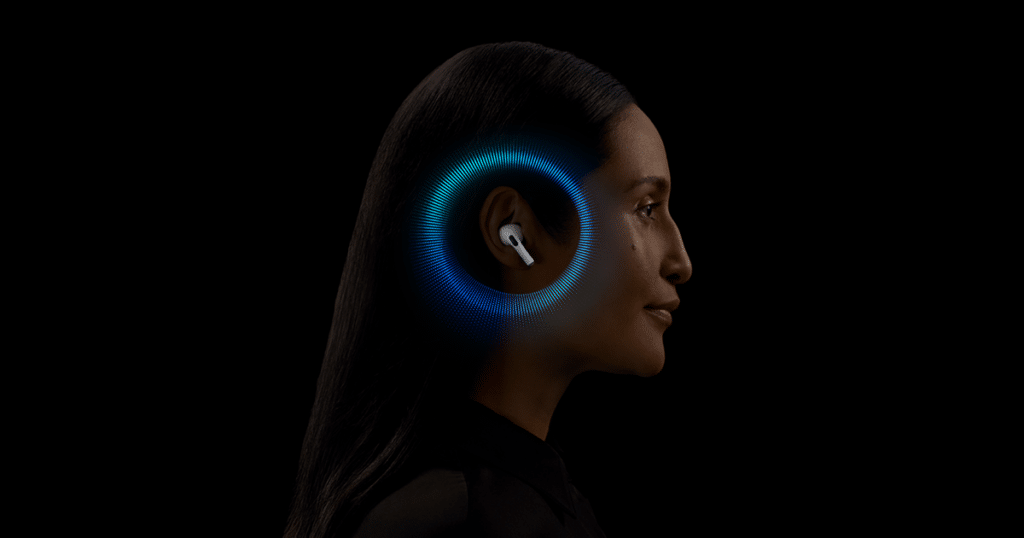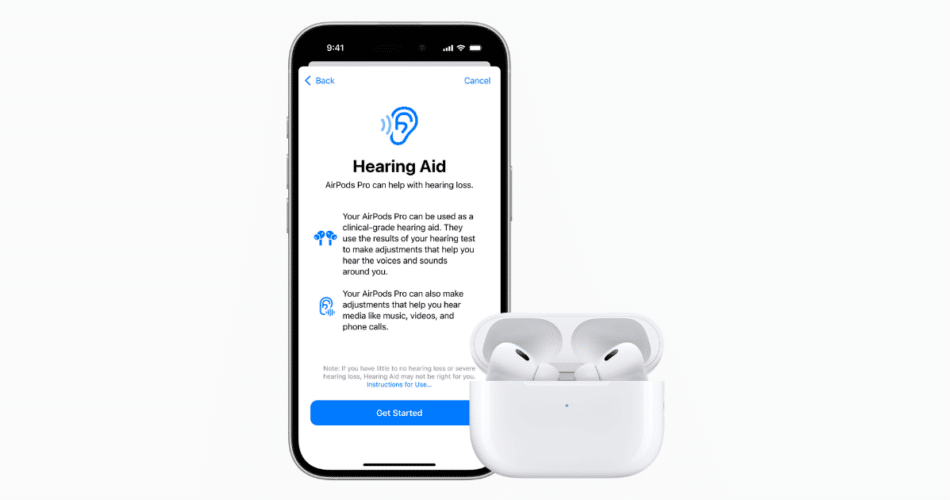Apple’s AirPods Pro 2 are set to receive a major upgrade next week with the release of iOS 18.1, bringing long-awaited hearing aid features to the popular wireless earbuds. This update, which was originally announced at the iPhone 16 event, marks a significant moment in Apple’s accessibility initiatives, allowing AirPods Pro 2 to function as over-the-counter (OTC) hearing aids for users with mild to moderate hearing impairment. The FDA has already approved these capabilities, marking Apple’s entry into the growing market of consumer-focused hearing aids.
Several tech experts and reviewers have shared their thoughts on this development, shedding light on both the technical and practical implications of this new functionality. Here’s a roundup of what experts are saying about Apple’s latest innovation in hearing health.
The Verge
Chris Welch of The Verge tested the new hearing protection features and was impressed by how seamlessly they work across the various listening modes. Welch points out that hearing protection is always on by default, whether you’re using noise cancellation, transparency mode, or Apple’s new adaptive audio. He emphasizes the effectiveness of the multiband high dynamic range algorithm, which preserves natural sound even at concerts and other loud events. Welch also notes that Apple’s hearing test is easy to use and that the AirPods Pro 2 offer a robust hearing aid experience for users with mild to moderate hearing loss.
Soundly
Blake Cadwell, CEO of Soundly, commended Apple for making hearing aids more accessible to the general public. He mentioned that AirPods Pro 2 had long offered “hearing aid-like” capabilities but required technical know-how to unlock those features. With this update, Cadwell sees Apple simplifying the process, making the technology more user-friendly. According to Cadwell, this could be a great entry point for individuals experiencing hearing loss for the first time, offering a more affordable and accessible option compared to traditional hearing aids.

CNET
According to a recent review by Bridget Carey on CNET, the AirPods Pro 2’s hearing health features are designed to be user-friendly, making them accessible to a wide range of users without the need for specialized assistance. Carey highlights, “A professional hearing test is more thorough than what Apple provides, but my results in both tests were very similar.” The setup process is straightforward: users can easily navigate to the Health app on their iPhone to initiate the hearing test. This test, which mimics the audiogram process traditionally conducted by audiologists, takes only a few minutes to complete. Users are prompted to answer a series of basic questions regarding their age, health, and recent exposure to loud environments before undergoing the actual test, which plays a series of tones at varying frequencies and volumes.
Once the test is finished, results are immediately available, indicating the user’s hearing thresholds across different frequencies. These results are conveniently stored in the Health app, enabling users to share them directly with their healthcare professionals for further consultation. This immediate feedback loop not only helps users better understand their hearing but also encourages them to take proactive steps in managing their hearing health.
Conclusion
With iOS 18.1, Apple is ushering in a new era of hearing health with the AirPods Pro 2. The hearing test, personalized amplification, and real-time noise adjustments are all features traditionally associated with high-end, medical-grade devices, now available in a pair of consumer earbuds. This update is being celebrated by tech reviewers for its ease of use, affordability, and potential to shift societal perceptions around hearing loss and hearing aids.
While AirPods Pro 2 may not replace traditional hearing aids for those with severe hearing impairment, they are positioned as a more accessible and affordable solution for millions of people. As The Verge’s Chris Welch noted, this marks the first “big milestone” and is a significant step forward in how we think about hearing health technology.
Subscribe to our email newsletter to get the latest posts delivered right to your email.


Comments